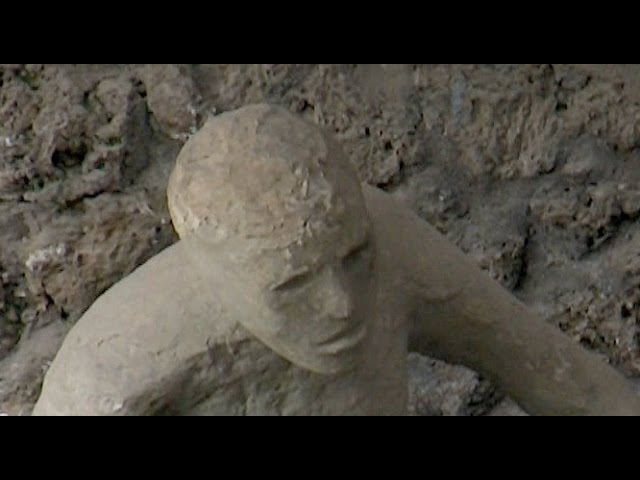Pompeii Archaeological Park is a must-see tourist attraction in Italy. Located near the modern-day city of Naples, the ancient ruins of Pompeii are a remarkable example of the grandeur of Roman architecture and engineering. The city was destroyed by the eruption of Mount Vesuvius in 79 AD and its ruins were rediscovered in the 18th century. Today, the archaeological site is a UNESCO World Heritage Site and a popular tourist destination.
History of Pompeii
Pompeii was a prosperous Roman city located near the Bay of Naples in the Campania region of Italy. It was founded around the 7th or 6th century BC and flourished until it was destroyed by the eruption of Mount Vesuvius in 79 AD. During its heyday, Pompeii was a bustling port city and a major trading hub for the region. The city was known for its art, architecture, and culture. It was home to several luxurious villas, theatres, and baths, as well as a sophisticated aqueduct system.
The Eruption of Mount Vesuvius
On August 24, 79 AD, Mount Vesuvius erupted, burying the city of Pompeii and its surrounding areas in volcanic ash and rock. The eruption lasted for two days and covered the city in up to 20 feet of ash and pumice. The city was destroyed and its inhabitants killed. The remains of the city were forgotten until the 18th century, when it was rediscovered.
The Rediscovery of Pompeii
In 1748, the ruins of Pompeii were rediscovered by the Italian architect Rocco de Alcubierre. Excavations began shortly thereafter and continued for several decades. Over the course of the excavations, many of the city’s buildings and artifacts were uncovered. These included the remains of villas, public baths, theatres, and the city’s aqueduct system. The excavations also revealed a wealth of art and artifacts, which provide a unique insight into the daily lives of the ancient Romans.
Pompeii Today
Today, the ruins of Pompeii are a popular tourist attraction and a UNESCO World Heritage Site. Visitors to the site can explore the city’s ruins and view the remains of the city’s villas, baths, and aqueducts. There are also several museums located on the site, which house a wealth of artifacts from the city. Visitors can also take guided tours of the site, which offer a unique insight into the history and culture of ancient Rome.
What to See at Pompeii
- The Forum: The Forum was the center of public life in ancient Pompeii. It was the site of public meetings, markets, and political debates. The ruins of the Forum include the remains of several temples, as well as the remains of a large basilica.
- The Villa of the Mysteries: The Villa of the Mysteries is a large villa located on the outskirts of Pompeii. It was home to a wealthy family and is famous for its intricate wall paintings, which depict scenes from ancient Roman mythology.
- The Amphitheatre: The Amphitheatre was the site of gladiator fights and public performances in ancient Pompeii. The ruins of the Amphitheatre are still visible today, and visitors can explore its ruins and imagine what it must have been like to watch a gladiator fight in this grand arena.
Conclusion
Pompeii is a remarkable archaeological site that offers a unique insight into the lives of the ancient Romans. Its ruins are a testament to the grandeur of Roman architecture and engineering, and its artifacts provide a glimpse into the daily life of the city’s inhabitants. Whether you are a history buff or simply looking for an interesting day trip, Pompeii is a must-see destination in Italy.
